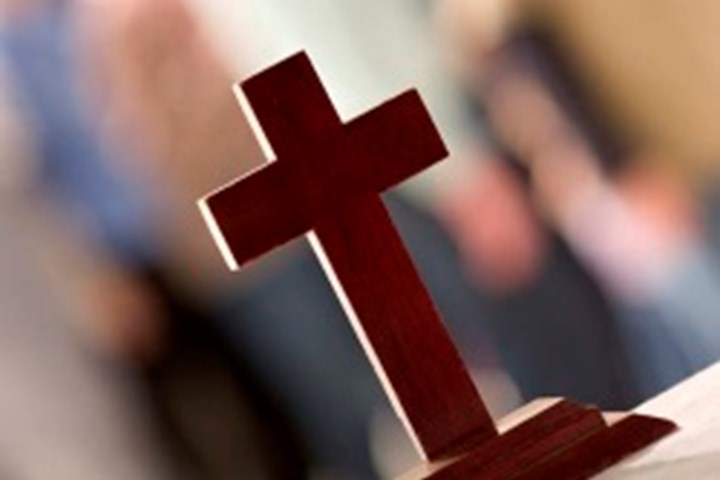For each local church, including all church locations, the NCLS Churches database includes:
- Denominational affiliation
- Street address and postal address
- Geocode (latitude and longitude)
- Estimated church size (i.e. number of people who attend services of worship during an average week)
What is this information used for?
- For National Church Life Survey logistics: to identify participating local churches and assist with survey orders and dispatch
- To distribute National Church Life Survey results: Church Life Packs go to each participating local church
- To distribute Community Social Profiles: these profiles describe the local community surrounding each church based on national government census information
- To conduct high quality research on church life and vitality
Keeping the NCLS Churches list updated
We rely on our partnership with denominational representatives to maintain these lists. One phase of each five-yearly National Church Life Survey is for NCLS Regional Coordinators, or their delegates, to review and revise the full church lists – whether or not individual local churches plan to take part. (The next phase is for survey orders to be placed for participating churches). In addition, local churches occasionally provide updates and NCLS researchers also use various sources to do intermittent updates.
Definitions
Local church = any individual parish or congregation or regular gathering for Christian worship.
Location = the local church at a specific physical street address.
Cluster = a group of churches that are clustered together for governance, leadership or administrative purposes (e.g. parish, multi-centre, multi-campus).
Region = any collection of local churches (usually geographically based and of the same Denomination) that are grouped together for administrative or leadership or denominational purposes – e.g. a Diocese, a Synod, a Presbytery, a State, a Region.
What is the NCLS Churches database used for: In more detail
1. For National Church Life Survey logistics
Having a correct list of churches and contact details is vital to post NCLS Survey Kits to participating churches. The estimate of size helps improve the survey ordering process. Having the full list is needed to aim for representative samples of churches for some regions. The churches list also helps us understand which churches, regions and denominations do and do not take part in each National Church Life Survey wave.
2. To distribute National Church Life Survey results
After each NCLS wave, participating churches receive a Church Life Pack containing results. Postal addresses as well as information about each church location is important for correct preparation of results.
3. To distribute Community Social Profiles
Historically, NCLS Research has provided Community Social Profiles to churches. Based on government census data, these profiles provide information about the local community surrounding each church and how it has changed. The geocode (latitude and longitude) for each church location is the unique centre point for the maps and data. (See www.communitysocialprofiles.com).
4. To conduct high quality research on church life and vitality
Complete, accurate estimates of the number of local churches and number of people who attend church is essential to the work of NCLS Research. NCLS Research needs good size estimates in order to:
- Support denominations and regions to ensure that churches of all sizes participate in the NCLS
- Produce high quality research on church vitality
- Enhance the quality of results on the characteristics, views and actions of church attenders, church leaders and local churches themselves in areas of interest to the churches and the broader society
- Accurately describe the changing religious landscape in Australia.
In order to achieve these purposes, we need estimates not only for regions (e.g. dioceses, states, synods) or denominations as a whole, but also for each individual local church. The definition we work with is the number of people who attend services of worship during an average week.
The NCLS Churches database is only used by NCLS Research and is not available to third parties.

.png)
